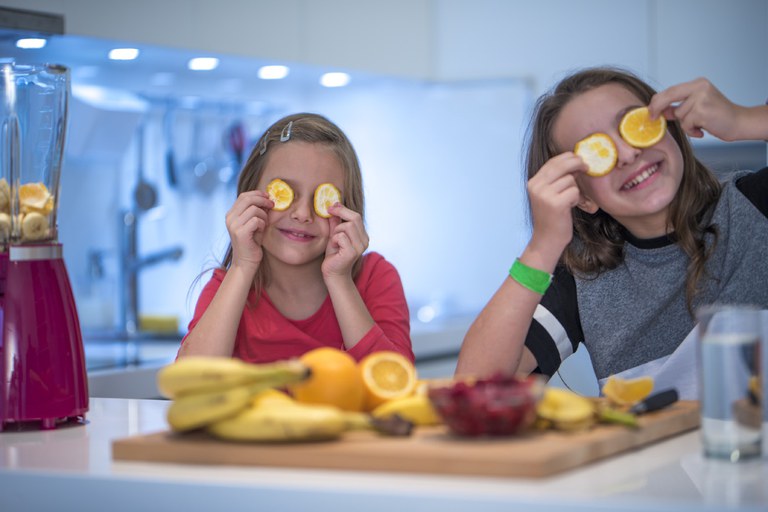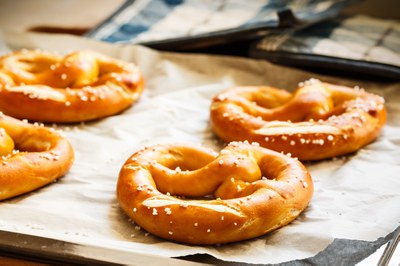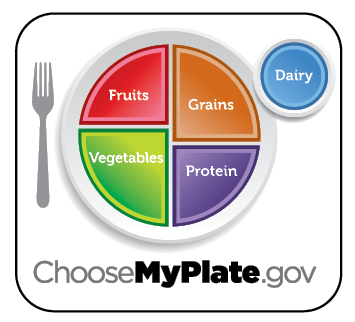Now You're Cookin': Nutritious After-school Snacks!
(FN1379, Reviewed August 2021)Providing nutritious snacks doesn’t have to be expensive but you may need to do some planning to make them readily available for your child. Getting kids to eat fruits and vegetables can be difficult. Make snack time fun. For example, provide a variety of cut-up fruits and vegetables and let your kids create their own kabobs. You also may want to try serving vegetables with low-fat dip to make them more appealing.



